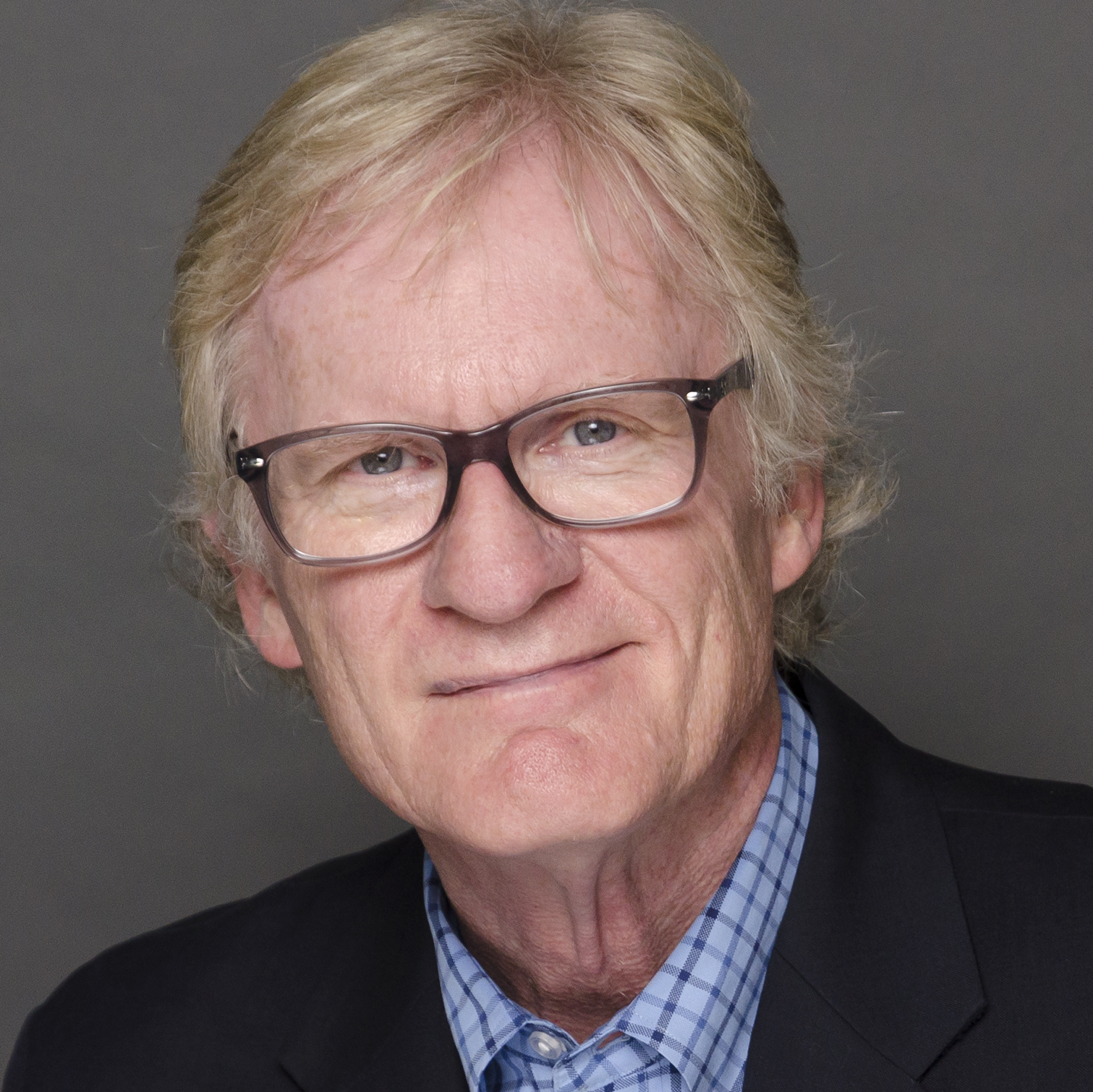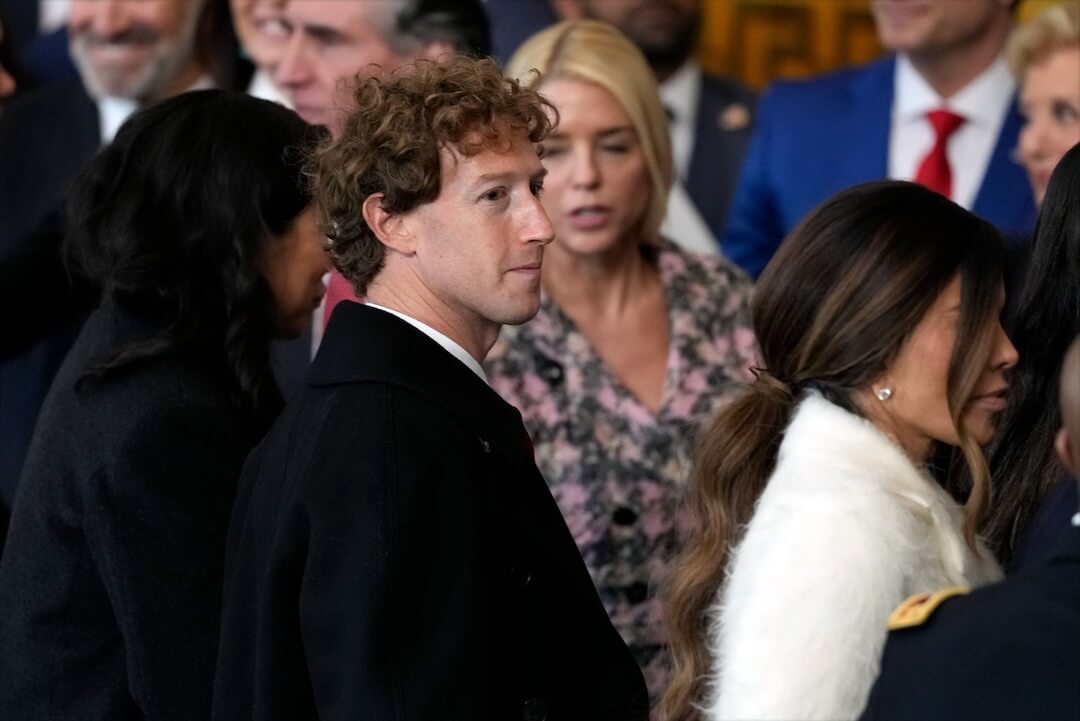One of the few regrets I have in my life is taking up golf without first taking lessons. Lugging my dad’s rusty clubs to the nine-hole course at Carroll Park, I simply started swinging exactly as Arnold Palmer did on TV. Or so I thought.
Decades of hooks, slices and bad habits followed.
Occasionally I’ve tried to nudge my score south of 100 by taking 30 minutes of instruction from a pro. That has taught me another lesson: don’t try to learn too much at once. Because when I’m standing over the ball, preparing to hit, my head is filled with so many do’s and don’ts that I fail to do any of them well.
 Writing tips can have the same paralyzing effect. No matter how good they are, we try to incorporate too many at once. We freeze at the keyboard. We default to habit.
Writing tips can have the same paralyzing effect. No matter how good they are, we try to incorporate too many at once. We freeze at the keyboard. We default to habit.
Instead of just lugging your writer clubs to Poynter, let’s start with a smarter warm-up and a hint of what you could learn from your time here. There are thousands of swings – and thousands for stories – out there. Throughout your career, we hope you’ll tell a lot of them. Just not all at once. So here are a few essentials to focus on.
From Jacqui Banaszynski: Write cinematically.
Movies pull us through stories with strong scenes, compelling characters and revelatory details. Written stories can do the same thing.
Help readers see. Zoom in tight on details or images that have the most meaning; be descriptive and specific. (Not “old boots.” But “blonde Fryes with scuffed toes and heels worn down from years of walking the fenceline.”) Pull back or pan more quickly through contextual information that is necessary for understanding. Compress those sections lest they drag the story down.
Pace the story aggressively. Build the entire piece out of tightly focused sections or scenes. Set the story up with a strong nut section or elegant foreshadow, then develop key scenes or information sections one at a time; use subheds if it helps you determine the purpose of each section or scene. You are essentially building a more complex story out of several tight mini-stories.
Reinforce the central theme through repetition. That’s not the same as redundancy. Rather it’s returning to key words that echo the story’s purpose and that becomes a structural device to keep the story coherent and cohesive.
Related Training: Summit on Reporting and Editing
From Roy Peter Clark: Remember the Middle.
Most writers I know have been praised at one time or another for their beginnings. Many have been praised for their endings. But to paraphrase Jacqui Banaszynski, few if any have been praised for their middles.
So my writing tip goes like this: save something special for the middle. Perhaps it’s a telling detail, or a memorable quote, or an anecdote that ups the ante. Such a story element, as described by Don Fry, serves as a gold coin on the path of the story, a reward for the reader, an incentive to continue reading.
Without such a reward, readers will be tempted to jump off the trail, never getting to that special ending that you have planned for them. The key to making this work is to send up a flare for your editor. Editors are front-loaded in their sensibilities. Anything they like tends to go “higher” in the story.
But put all the good stuff in the first three graphs and what happens? The reader is left with all the junk in the reporter’s trunk.
From Tom French: Practice invisibility.
Interviewing is an essential part of reporting, obviously. But when we learn to report with silence and stillness — when we suppress the urge to interrupt and simply allow a scene to unfold in front of us — powerful things begin to happen.
We hear people talking and whispering and shouting at each other, muttering to themselves, arguing with God. We see detail and nuance that reflect how our subjects truly live their lives, not just what they tell us in their carefully tailored responses to our questions. When we learn to shut our mouths and open our eyes and our ears and our minds, we discover things that the most skilled interviewer on earth would never have uncovered. Suddenly we are bearing witness to action and movement and contradictions and vulnerabilities and the secret language of a room and hidden power differentials and flashes of subversive humor and beautiful weaknesses and tiny moments of creativity and faith and love and insecurity. We learn what our subjects want most of all, what they fear, what they think about when they stop at a red light and stare off into space toward the horizon. Our notebooks overflow with the wonderful, terrible, sprawling mess of our subjects’ days and nights.
Later, we can ask them what it all means and why it matters.
From Butch Ward: Take time to think.
Yes, you have too much to do. And yes, time is limited. And still, we need to take five minutes here and there to just… stop. Breathe. Ask ourselves a few extra questions. Questions like:
How will I frame this story? If I’m covering a county council vote on teacher’s pay, will I try to recapture the entire debate? Or will I frame my story around one animated exchange between a teacher and the council president? By framing my story tightly around that one scene, can I take my audience into the room, give them a great seat for this face-off, help them understand the passion surrounding this issue? And is that tight frame fair to the bigger context?
“The tighter the frame,” New York Times reporter David Barstow says, “the deeper I can go.” And the earlier in the reporting and writing process he identifies the frame, the more it can guide his work.
Or how about this question:
What’s my story really about? No question is more important to your ability to organize the material you’ve gathered and to the final piece you produce. An example: Two reporters cover a county council vote on a new housing development. Both hear the same testimony; both witness the same vote. Yet asked what their story is really about, one answers “progress” and the other says “uncontrolled growth.” Clearly they will write different stories. And their answers to that question will help them select a lead, construct a nut graf, and decide what to put in the story and what to leave out.
Yes, they could just start writing and let the muses do their high-wire act. Or they can take 10 minutes—perhaps with an editor or a colleague—and think through that question.
Taking time to think is the best way I know to transform the blur of the day into a bit of slow-motion. Your pause might be brief, but the payback can last.








Comments